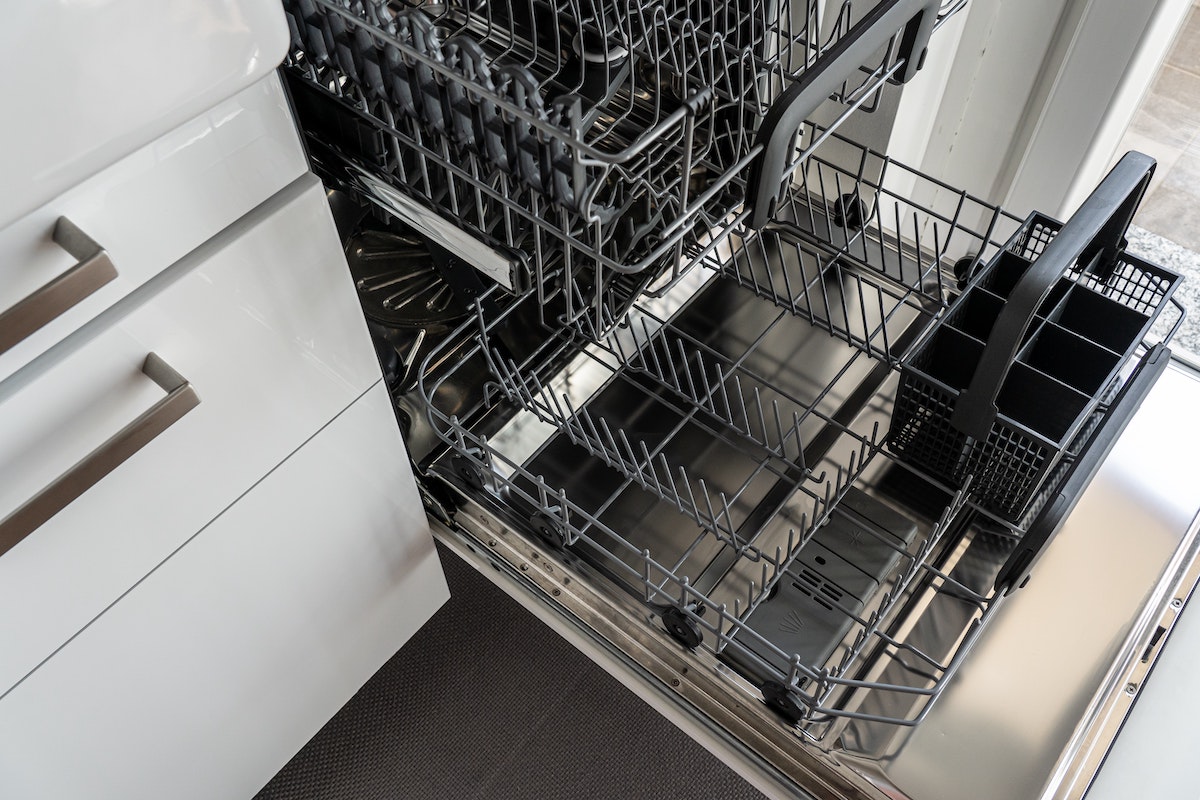Dishwasher Not Drying? Here’s Why
 Dishwashers are meant to save you time and stress by washing and drying a high volume of dishes and other cookware. When dishes come out wet, it can create more of a hassle than a convenience. If your dishwasher isn’t drying your dishes, there are a few things you can try. Read on for tips on addressing a dishwasher that isn’t drying properly.
Dishwashers are meant to save you time and stress by washing and drying a high volume of dishes and other cookware. When dishes come out wet, it can create more of a hassle than a convenience. If your dishwasher isn’t drying your dishes, there are a few things you can try. Read on for tips on addressing a dishwasher that isn’t drying properly.
Looking for dishwasher repair in St. Louis, Kansas City, or nearby? Contact the experts at Diamond Appliance today.
Understanding a Dishwasher’s Drying Cycle
In order to identify and address issues with a dishwasher’s drying function, it can be helpful to understand how this appliance actually dries the plates, silverware, and any other contents loaded inside. In older models of dishwashers, a round or U-shaped heating element was located on the inside base of the appliance to dry the contents. Upon completion of a wash and rinse cycle, the heating element would activate, and a fan would blow hot air on the contents, acting as a large convection oven.
Because this method of drying was not very energy-efficient, newer dishwasher models rely on the process of condensation to dry the contents of the appliance. In this method, the last rinse cycle uses very hot water, which warms the dishes and other cookware inside. Because the stainless-steel walls of the dishwasher maintain a cooler temperature than the heated dishes, moisture evaporates from the contents of the appliance and condenses on the cooler steel walls, draining through the base of the appliance.
Although the condensation method of drying is more energy-efficient, it isn’t always as effective. This is especially true with plastic or silicone cookware that doesn’t absorb heat the same as glass, metal, and ceramic cookware and therefore doesn’t evaporate water as effectively. There are, however, some things a homeowner can do to enhance the drying power of their dishwasher.
Review the Dishwasher Cycle Settings
To maximize the energy efficiency of your appliance, many dishwashers will default to not engaging a heated drying cycle. You may experience better results by choosing the heated dry cycle on your dishwasher. However, this will come at the expense of using more energy, meaning homeowners will need to perform a cost/benefit analysis that accounts for this increased energy usage versus the convenience of drier dishes after a completed cycle.
You should note that other wash cycles, such as quick wash or express wash, conserve time by not including a heated dry cycle. Wetter dishes may be inevitable when using these types of wash cycles with your dishwasher.
Examine the Rinse Aid Dispenser
Although the exact science behind rinse aid is often best understood only by experienced appliance repair specialists, in general this term is used for a type of chemical that reduces the surface tension of water. This means that water droplets are rinsed away instead of accumulating on dishes, which often leads to a noticeable collection of white spots or streaks upon a completed cycle. Rinse aid also helps dishes dry faster, especially when drying via condensation.
The rinse aid dispenser is usually located on the interior door of the dishwasher. Remove the cap and use a turkey baster or other suction device to remove any residue from the dispenser cup. Leave the cap off, and place a bowl of vinegar and water solution on the top rack of the empty appliance. Run a cycle on the hottest water setting. This should help flush away any accumulated grime from inside the appliance, including inside the rinse aid dispenser.
Advanced Repairs
If dishes are still coming out wet after trying the solutions above, it may be time to enlist the services of an experienced dishwasher repair specialist. One possible issue with older model dishwashers is a defective heating element. Testing the heating element requires testing using an electronic device called a multimeter to measure electric flow to the heater. If it is defective, replacing this component often requires removing the appliance from the wall to unplug it, then removing the base panel from the unit to address any needed repair or replacement of the heating element. This is not a job you will want to do yourself – contact the dishwasher repair experts at Diamond Appliance today.
At Diamond Appliance, we help people just like you with dishwasher repair in Kansas City, St. Louis, and surrounding cities and towns. We perform service on most major dishwasher brands, including Whirlpool, Amana, Samsung, LG, GE, and more. Contact us today to learn more or to talk through your dishwasher repair needs.




